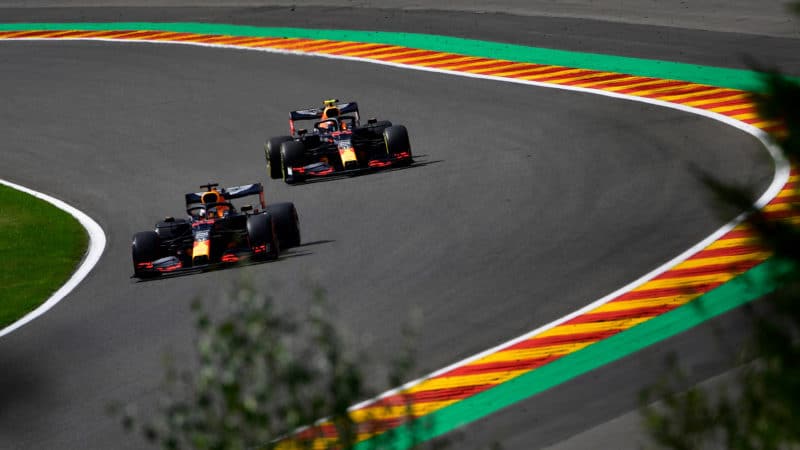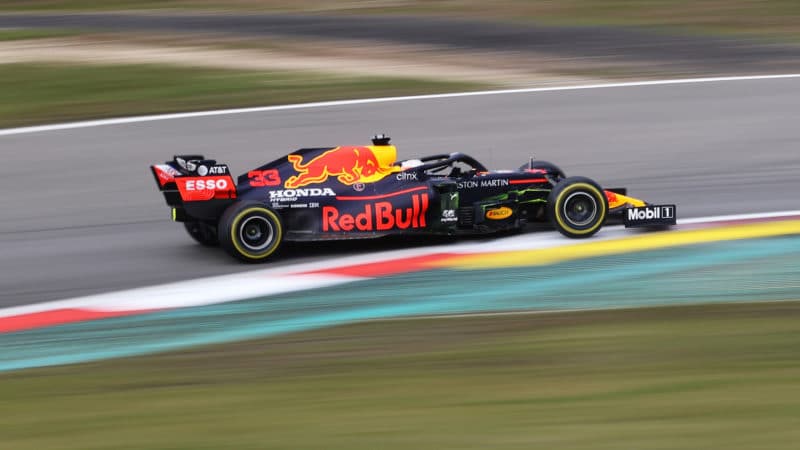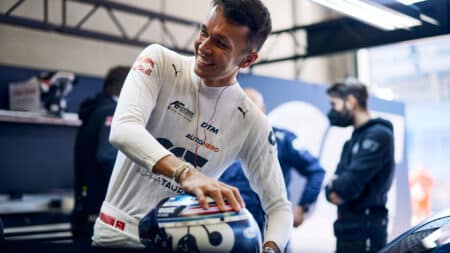“We identified that,” explained Wache, “and also identified what the driver could actually use as performance. We had some characteristics that made it very difficult to extract the theoretical performance. We identified this after mid-season [2020]. This characteristic was the main limitation of the car and we moved away from it. At the end of that season we could confirm this and that gave us a good foundation for ’21.”
It meant that the front of the car could no longer be loaded up quite as hard as before and that brought certain limitations with the ’21 car, but in the interests of an overall better balance. There were tracks last year – Hungaroring, Istanbul Park – where the car just had too much rear grip for the front and the team had to compromise on rear wing level, surrendering total downforce just to get a driveable balance. But overall it was a much more effective car that the very edgy 2020 RB16.
But the development route to that trait was a fascinating one in how it illustrated the weave between driver and team. “It’s ironic that in 2020 Max’s talent was a contributory cause to the problem we had. He has an ability to control this sort of instability that would be impossible for some others. We know that sometimes, making a car on the edge in this way can create a quicker car – and you don’t realise you went in the wrong direction because you are still extracting more lap time from the car. But you don’t realise at first it’s only because he has so much talent. So you keep going in this direction but you go too far and it takes you a few months to come back from, that and realise you’d gone in the wrong direction.
“The system is so big that to rethink the aero surfaces of the car and remake them, it was a long and painful process. It’s a big gain for Max that he can set a car up with some rear instability and extract more performance from a given car. But if we are giving him a car that is not stable enough, we are limiting the potential of the car and his talent blinded us a little to what was happening.”
Variations of these processes are ongoing up and down the pitlane at every team all the time.




